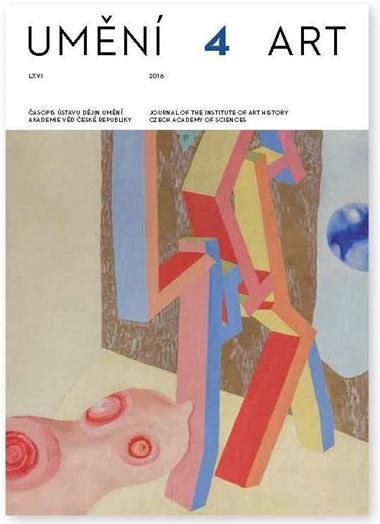Didier Martens
Ein altniederländisches Triptychon mit elegischem Gedicht im Schloss Lednice (Eisgrub)
In the Castle of Lednice there is a Netherlandish triptych dated on the frame to 1494. The work can be ascribed to the workshop of the Antwerp painter Quinten Massys. On the central part is a copy of the romanesque painting Madonna del Aracœli from the late 11th century. On the side wings there is a Latin text presenting the Seven Sorrows of the Virgin Mary. The Lednice Triptych is thus linked to a religious phenomenon discussed at present in a number of publications. This is the collective honouring of the Seven Sorrows of Mary, the origins of which can be found in the Netherlands around 1492. The new cult was based on a wide network of brotherhoods open both to laymen and clerics. In the first brotherhoods, founded in 1492, homage to the Madonna del Aracœli was highly popular. It was considered to be the oldest depiction of the Virgin Mary and to be the work of St Luke. Quinten Massys created a variant of this icon, very probably around 1494, which he attuned to the Transalpine Early Renaissance. Copies of the modernised variant were preserved, for instance, in Bruges, Munich and Pisa. The Lednice copy is undoubtedly the oldest of these and is also the only one with side wings and inscriptions. The text is most prob- ably from the Flemish priest Jan van Coudenbergh and appears in various publications of the printed handbooks of the brotherhoods. The aesthetic dimension of the text, however, has not yet been recognised. This is an elegiac poem, in which six verses of six feet alternate with six verses of five feet. This poetic form, known as the elegiac distichon, was used by Roman poets such as Ovid. The Madonna on the central part of the triptych and the poem on the side wings evidently follow a similar aesthetic. In both the painting and the text there is a clear effort to create a christian retable based on ancient examples from a time still pagan. It appears that the Lednice Triptych was the forerunner of the book publication of The Life of the Virgin by Albrecht Dürer from 1511. Here, too, the accompanying verses of the Benedictine monk Benedictus Chelidonius, who is presented as the co-author alongside the artist on the title page, take the form of elegiac couplets. Just like the buildings in ancient style in the background of the scenes, these texts must also be perceived as an intrinsic part of Dürer’s woodcuts.
Full-text in the Digital Library of the Czech Academy of Sciences:
https://kramerius.lib.cas.cz/uuid/uuid:171c64f2-6167-4adb-9314-7b174f653e7c
< back

